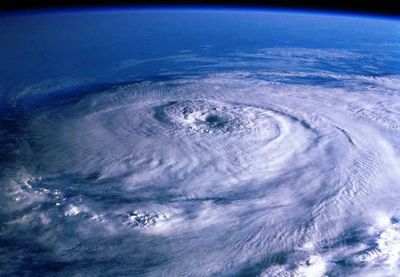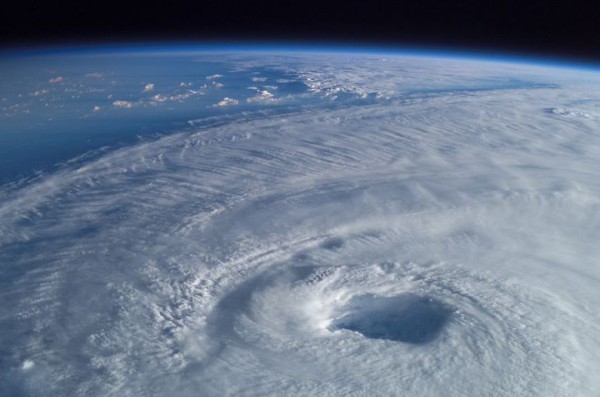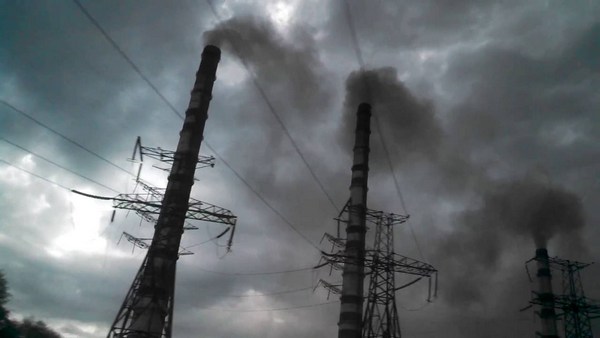Ozone Holes: Causes and Consequences

Content:
The planet Earth is unique in the Solar System because it is the only planet with life. The appearance of life on Earth was possible thanks to a special protective layer of ozone, which covers our planet at an altitude of 20-50 km. What is ozone? Why is ozone important? The word “ozone” means “smelling” in Greek – it is the smell we can sense after the rain. Ozone is a blue gas consisting of three-atom molecules of oxygen, so ozone is very concentrated oxygen. The importance of ozone is enormous because it protects the Earth from the harmful effects of ultraviolet rays coming from the Sun. Unfortunately, we (people) do not appreciate what was created by Nature (or God) for billions of years, and the appearance of ozone holes was one of the results of the human devastating activity.
Definition
The fact is that many people mistakenly represent the ozone hole as a kind of flaw in the atmosphere of our planet, a place where the ozone layer is completely absent. In fact, this is not entirely the case. The concentration of ozone in the place of the ozone hole is much lower than it should be. As a result; ultraviolet rays are easier to fall on the surface of the planet and exert its destructive effect precisely in places of ozone holes.
Location
The first ozone hole was discovered over Antarctica back in 1985. According to scientists, the diameter of this ozone hole was 1000 km. This ozone hole has a very strange behavior: it appears every time in August and disappears towards the beginning of the winter, and reappears in August again.
Another ozone hole (with smaller size) was discovered over the Arctic. At the same time, many small ozone holes are found in different places, but the ozone hole over Antarctica is the biggest ozone hole in the world.

This is the photo of an ozone hole over Antarctica.
How is Ozone Destroyed?
Stratospheric clouds containing ice crystals are formed at the poles, due to the low local temperature. A series of chemical reactions takes place when these clouds are in contact with molecular chlorine entering the atmosphere which results in the destruction of ozone molecules, reducing its amount in the atmosphere. As a result, the ozone hole is formed.
What Caused the Hole in the Ozone Layer?
There are several reasons for the phenomenon of ozone depletion, and the most important of them is the pollution of the environment. Many factories flue chlorine into the atmosphere. The chlorine enters into chemical reactions, reducing the amount of ozone.

The nuclear experiments that were carried out in the last century are one more reason for the appearance of ozone holes. Nitrogen oxides enter into the atmosphere during nuclear explosions; they begin chemical reactions with ozone, destroying it.
Jet aircrafts flying in the clouds also contribute to the appearance of ozone holes, as each of their flight is accompanied by the release of the same nitrogen oxide that is damaging to our protective ozone globe.
Effects
The consequences of the expansion of ozone holes are not the most bright – the number of people with skin cancer can increase because of intense ultraviolet radiation. In addition to this, the general immunity of a person falls, this leads to many other illnesses. However, not only people can suffer from intensified ultraviolet radiation passing through the ozone hole. For example, inhabitants of the upper layers of the ocean: shrimp, crabs, and algae will also face problems with immunity from intensified ultraviolet radiation.
Healing
Scientists have proposed the solution to the ozone holes problem:
- Begin regulating the release of ozone-destroying chemical elements into the atmosphere.
- Begin restoring artificially the amount of ozone in the place of ozone holes. The disadvantage of this method is the need for significant economic costs.
References and Further Reading
- “Twenty Questions and Answers About the Ozone Layer” (PDF). Scientific Assessment of Ozone Depletion: 2010. World Meteorological Organization. 2011. Retrieved March 13, 2015.
- Andino, Jean M. (October 21, 1999). “Chlorofluorocarbons (CFCs) are heavier than air, so how do scientists suppose that these chemicals reach the altitude of the ozone layer to adversely affect it?”. Scientific American. 264: 68.
- “Part III. The Science of the Ozone Hole”. Retrieved March 5, 2007.
- Jump up to: a b “The Antarctic Ozone Hole Will Recover”. NASA. June 4, 2015. Retrieved August 5, 2017.
- Newman, Paul A. “Chapter 5: Stratospheric Photochemistry Section 4.2.8 ClX catalytic reactions”. In Todaro, Richard M. (ed.). Stratospheric ozone: an electronic textbook. NASA Goddard Space Flight Center Atmospheric Chemistry and Dynamics Branch. Retrieved May 28, 2016.

Author: Pavlo Chaika, Editor-in-Chief of the journal Poznavayka
When writing this article, I tried to make it as interesting and useful as possible. I would be grateful for any feedback and constructive criticism in the form of comments to the article. You can also write your wish/question/suggestion to my mail pavelchaika1983@gmail.com or to Facebook.

